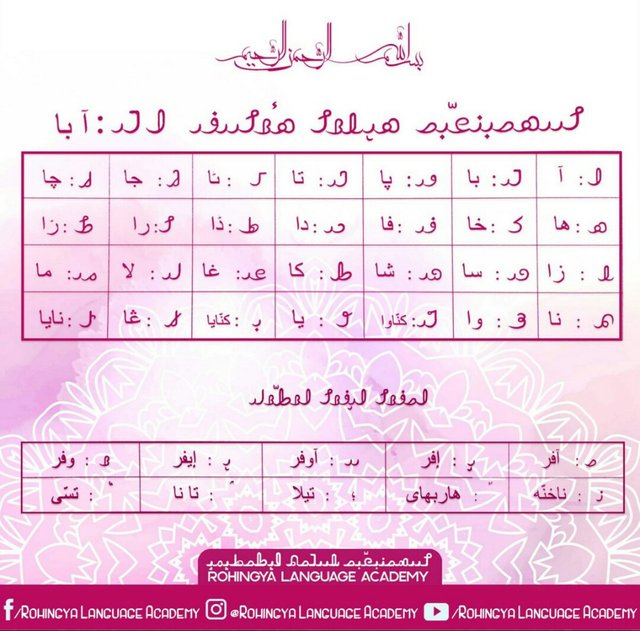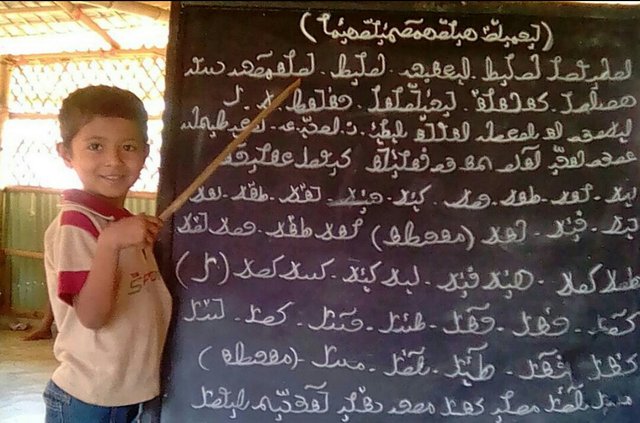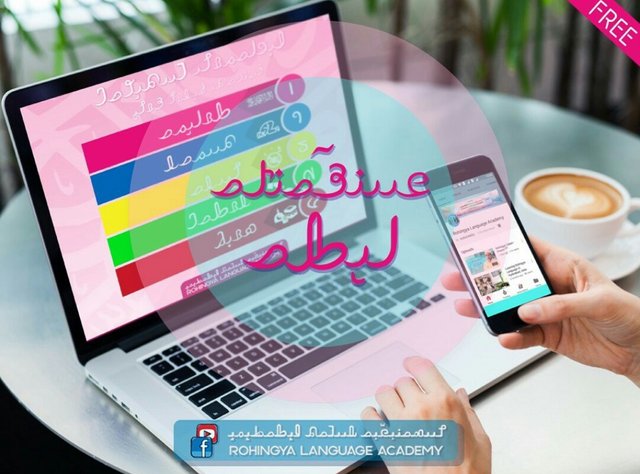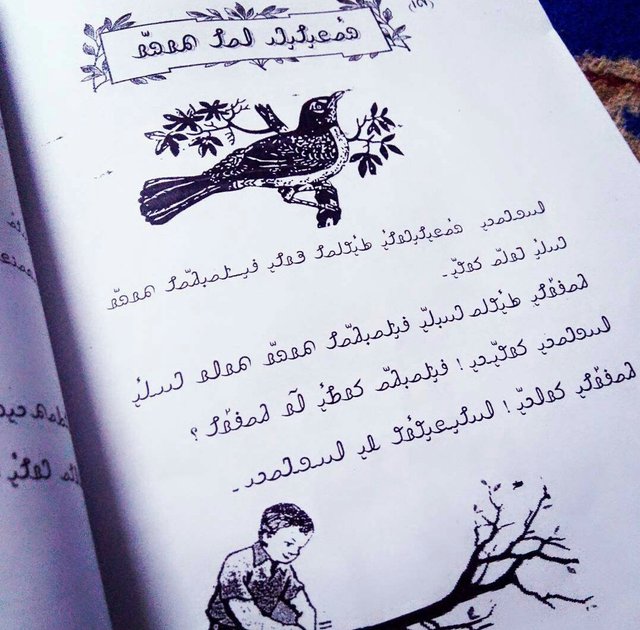Rohingya Language Unicode: A “Forgotten Language” of “Forgotten People”Revived
Rohingya Language Unicode: A “Forgotten Language” of “Forgotten People”Revived
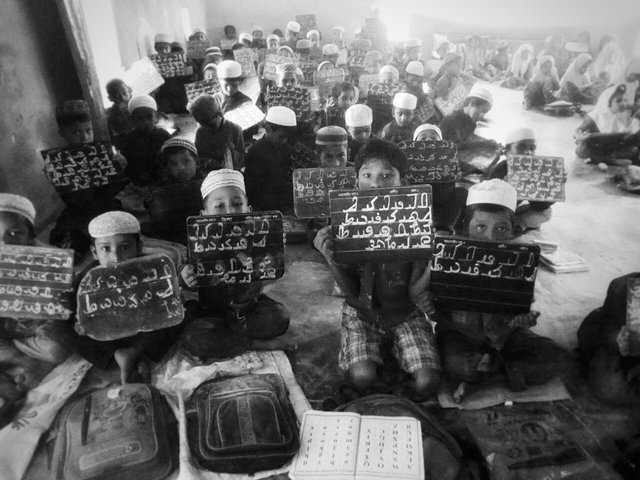
Anshuman Pandey was intrigued. A graduate student in history at the University of Michigan, he was searching online for forgotten alphabets of South Asia when an image of a mysterious writing system popped up. In eight years of digging through British colonial archives both real and digital, he has found almost 200 alphabets across Asia that were previously undescribed in the West, but this one, which he came across in early 2011, stumped him. Its sinuous letters, connected to one another in cursive fashion and sometimes bearing dots and slashes above or below, resembled those of Arabic.
Pandey eventually identified the script as an alphabet for Rohingya, the language spoken by the stateless and persecuted Muslim people whose greatest numbers live in western Myanmar, where they’ve been the victims of brutal ethnic cleansing. Pandey wasn’t sure if the alphabet itself was in use anymore, until he lucked upon contemporary pictures of printed textbooks for children. That meant it wasn’t a historical footnote; it was alive.
An email query from Pandey bounced from expert to expert until it landed with Muhammad Noor, a Rohingya activist and television host who was living in Malaysia. He told Pandey the short history of this alphabet, which was developed in the 1980s by a group of scholars that included a man named Mohammed Hanif. It spread slowly through the 1990s in handwritten, photocopied books. After 2001, thanks to two computer fonts designed by Noor, it became possible to type the script in word-processing programs. But no email, text messages or (later) tweets could be sent or received in it, no Google searches conducted in it. The Rohingya had no digital alphabet of their own through which they could connect with one another.
Billions of people around the world no longer face this plight. Whether on computers or smartphones, they can write as they write, expressing themselves in their own linguistic culture. What makes this possible is a 26-year-old international industrial standard for text data called the Unicode standard, which prescribes the digital letters, numbers and punctuation marks of more than 100 different writing systems: Greek, Cherokee, Arabic, Latin, Devanagari — a world-spanning storehouse of languages. But the alphabet that Noor described wasn’t among them, and neither are more than 100 other scripts, just over half of them historical and the rest alphabets that could still be used by as many as 400 million people today.
Now a computational linguist and motivated by a desire to put his historical knowledge to use, Pandey knows how to get obscure alphabets into the Unicode standard. Since 2005, he has done so for 19 writing systems (and he’s currently working to add another eight). With Noor’s help, and some financial support from a research center at the University of California, Berkeley, he drew up the basic set of letters and defined how they combine, what rules govern punctuation and whether spaces exist between words, then submitted a proposal to the Unicode Consortium, the organization that maintains the standards for digital scripts. In 2018, seven years after Pandey’s discovery, what came to be called Hanifi Rohingya will be rolled out in Unicode’s 11th version. The Rohingya will be able to communicate online with one another, using their own alphabet.
As a practical matter, this will not have much impact for the Rohingya who are suffering in Myanmar, many of whom are illiterate and shut off from educational and technological opportunity. “The spread of this new digital system is unlikely to go to scale,” Maung Zarni, a human rights activist who works on Rohingya issues, and Natalie Brinham, a Ph.D. fellow at Queen Mary University of London, told me in an email. They emphasized that the Rohingya do not have the autonomy to organize their own schools. But given the group’s history of oppression, the encoding of their language carries considerable symbolic weight because it legitimizes an oppressed minority and their language. “It becomes a tool of unity to help people come together,” Noor says.
Creating such interconnectedness and expanding the linguistic powers of technology users around the world is the whole point of Unicode. If the work is slow, that’s because standardizing a writing system for computers is a delicate art that relies on both engineering and diplomacy. And the time and attention of the volunteers who maintain the standard are finite. So what happens when a new system of visual communication like emoji emerges and comes under their purview? Things get even slower and the mission more complicated.
Source: NY Times
